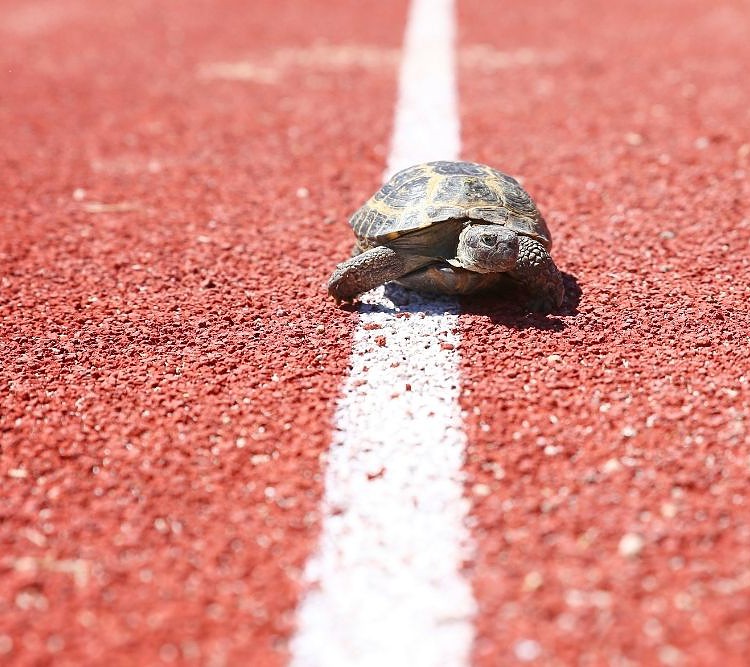Unfortunately, owning an electric trolling motor means that eventually, problems could arise.
If you notice your trolling motor slowing down, it’s best to first understand why it’s happening.
It could be something easy to fix, such as a fishing line caught in your propellor.
Or it can be something more serious that requires an expert from a repair shop to inspect.
Either way, we’ll give you the rundown of why it happens and steps you can take to improve your trolling motor speed.
Let’s get started!
Table of Contents
7 reasons that a Trolling Motor Slows Down
If you’re cruising through waters and notice that your motor just doesn’t have the juice it used to, then we’ve included some factors that could be slowing it down.
Before replacing your motor entirely, consider these reasons as to why your trolling motor is slowing down.
1. The Amount of Load
A big factor in your kayak’s speed will depend on how much load it carries and its weight.
The heavier it is, the more thrust that is needed to move your vessel.
This means it’ll require more time to carry your boat and reduce the overall speed.
When buying a trolling motor, consider how much thrust is required to efficiently propel your kayak.
A general rule of thumb to follow for determining the right amount of thrust is to add five pounds of thrust for every 200 pounds on the boat.
Here’s an example that depicts this point:
Kayak Weight: 1000 pounds
Maximum Weight Capacity: 400 pounds
1,400 of total weight divided by 200 equals 7.
7 multiplied by 5 pounds of thrust equals 35 pounds of thrust.
Now you know that 35 pounds of thrust is needed to safely and efficiently move your kayak at top speeds.
2. Routine Maintenance of Your Motor
The speed of your trolling motor can be impacted if you fail to maintain it frequently.
Make sure to follow the manufacturer’s maintenance schedule and instructions.
You should always take proper care of the electrical systems, including the wires, batteries, plugs, connections, breakers, fuses, and switches.
3. Water Conditions
The water conditions also contribute to the speed of your motor.
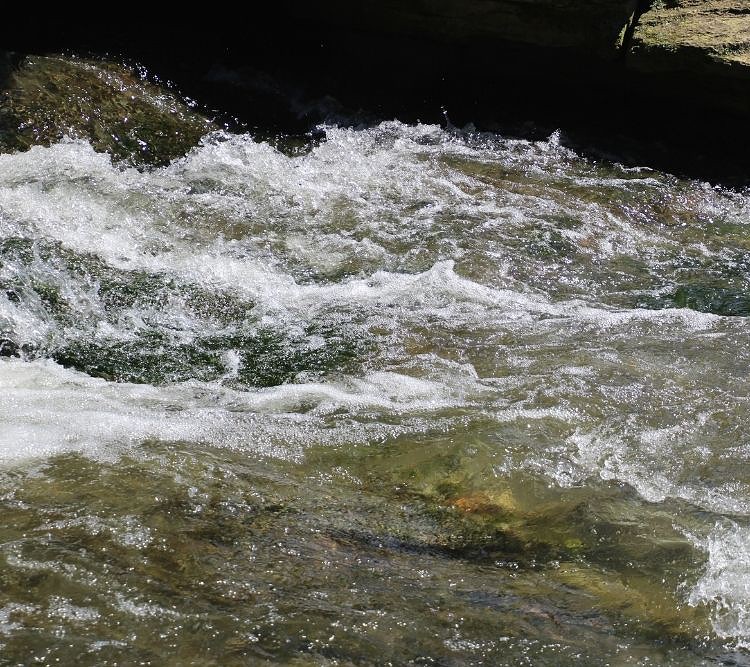
Turbulent waters that have a lot of waves will require a lot more thrust to move the vessel.
In contrast, calmer and still waters are easier to travel.
Strong waves and wind will affect your battery performance. In calm conditions, a motor may draw 20 amps to move at a medium speed, but in rough conditions, it may take 30 amps.
Also, bow-mounted trolling motors tend to come out of the waters when traveling through rough waves, which causes a loss of power.
4. Wear and Tear
Electrical contacts oxidize and brushes wear, causing your trolling motor to use more amps to get the same amount of speed.
As the motor ages, the bushings, brushes, and internal parts will begin to wear and drag. The brushes will lose contact, and the springs will weaken.
Also, check the prop and shaft. It’s possible, you’ve hit a stump in the waters causing the prop to bend. Make sure the prop is spinning correctly. Always carry a spare prop, nut and pin around on your trips.
5. Build-up of Debris
Debris and built-up crud can easily build up into the brushes.
Also, weeds and fishing lines can get tangled up in the shaft or propeller, causing your motor to move much slower than normal.
6. Batteries are getting old
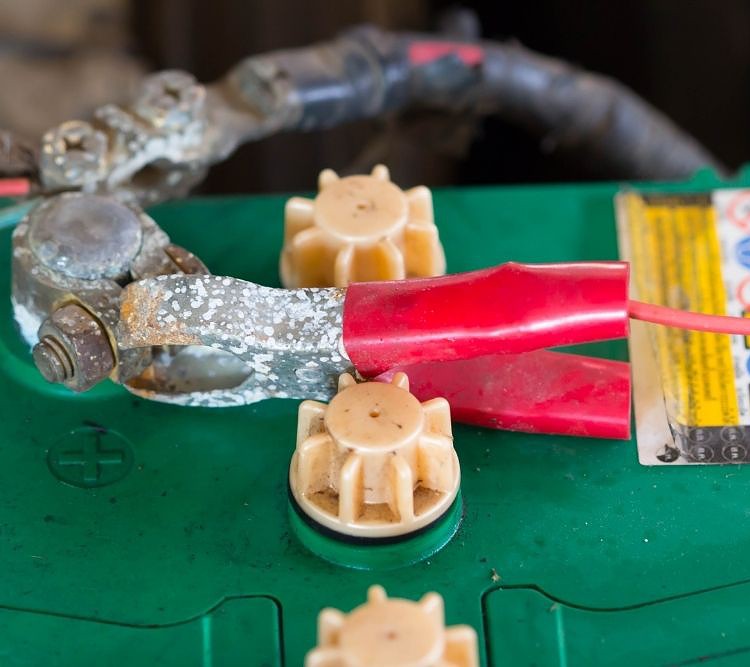
Trolling motor batteries can depreciate over time. Poor quality batteries might only last you for a year.
In comparison, high-quality batteries can last for about two to three years.
7. Broken Wiring or Bad Connection
Wrong-sized wires or faulty wire connections can disrupt the power source of your motor. Make sure that you have the right recommended size of wire to connect it to the battery.
How Can I Speed Up My Trolling Motor
Once you identify the cause of the slow speeds, it’s quite easy to fix the problem. Here are a few solutions to increase your speed and acceleration of your motor.
1. Replace or Charge Your Batteries

First off, make sure that you’re always charging your battery in full before every trip.
Often, batteries suffer from a loss of potency in their chemical composition or simply dying batteries.
If the batteries can’t provide sufficient power, they won’t go to maximum speeds.
Batteries may also be worn out, so you can try getting fresh ones to help your inflatable boat move at top speeds.
2. Get Rid of the Extra Load
Make sure you know the maximum weight for your vessel.
Going over the weight capacity can result in tipping the kayak over.
Motors, like other equipment, have limits to how much weight they can carry. Reduce as much weight as possible and only keep the essential gear needed.
3. Properly Maintain Your Trolling Motor
First, get rid of the debris in your trolling motor by rinsing it off with fresh water. Saltwater can be very damaging to your motor even if there is a protective coating.
You might be shocked by the amount of gunk that is built-up inside of the brushes.
Just make sure to be careful of losing the brushes since they pop out easily and they’re quite small.
Make sure to remove any fishing lines and weeds that are stuck to the propeller. This allows water in the motor and can cause the propeller to move much slower.
4. Clean Battery Terminals
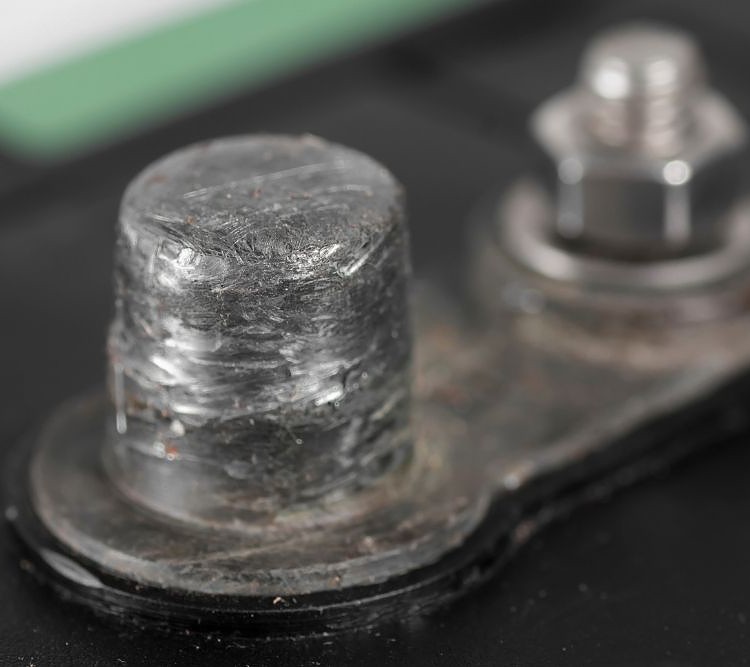
When the motor isn’t being used, disconnect the power. Also, check the battery terminals for any dirt or corrosion. If so, clean with fine grain sandpaper or emery cloth.
Corroded battery connections can be a significant contributor to loss of power and speed. Thoroughly clean the posts and terminals.
Check the wirings and ensure the connection is working correctly.
5. Switch to a New Prop

Always check if the motor’s propeller is working properly and is robust to handle the rigors of the water.
A propeller is a fan mechanism that converts rotational motion into thrust. Good propellers are designed to offer better acceleration, speed, performance, and fuel economy.
Ideally, the prop is made out of durable materials such as aluminum and stainless steel.
One with a tapered design, light-weight, and sharp blade will ensure that weeds won’t get stuck in the propeller, and it’ll move much faster.
6. Time in the Water
Some batteries will drain faster, especially if you use higher speeds often during your trip.
Always ensure that the battery bank has a good amount of amp-hours to last you for the entire trip.
Find batteries with more amp hours. This means it’ll have a bigger storage capacity and will be able to power your motor longer.
However, getting bigger batteries also means an increase in the total load on your inflatable boat.
7. Go to a Repair Center
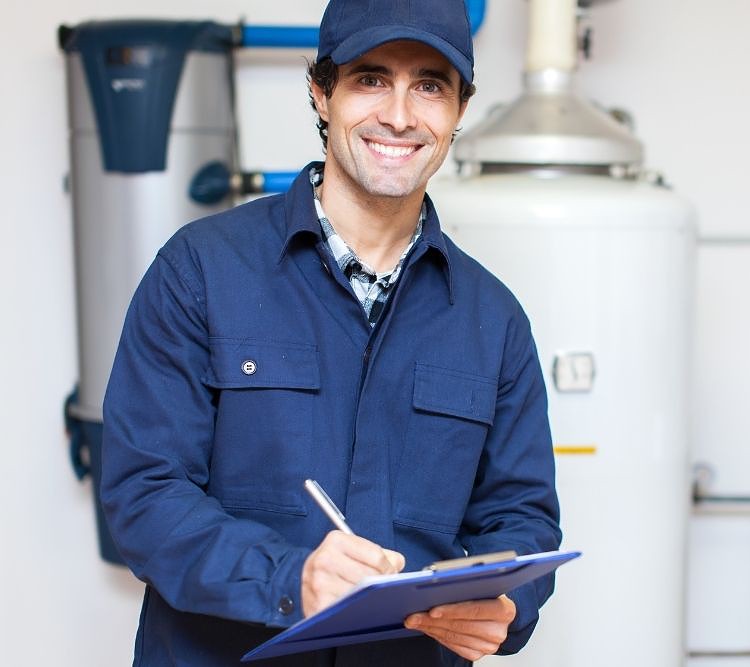
Sometimes you may not be able to figure out what’s wrong, especially if you’ve already tried the other methods listed above.
By going to a repair center, they will diagnose your trolling motor to see if there’s anything wrong.
They’ll replace any of the motor components and recommend products that are suited for your motor and kayak type.
This will maximize the speed at which you’ll be able to travel.
8. Replace the Trolling Motor
If everything fails, you may need to replace the motor altogether. Look for ones that have a higher power output.
Having a new motor will boost its speed and power.
Frequently Asked Questions (FAQ’s)
1. How can I make my Minn Kota trolling motor faster?
Making your Minn Kota trolling motor go faster requires the same process as any other motor.
You’ll need to make sure your motor is well maintained, batteries are fresh, the kayak load is light, and the propeller is functioning properly.
2. How fast will a trolling motor go?
A trolling motor typically can go up to 5mph. Although that doesn’t sound like much, that’s quite fast, especially when fishing.
However, the amount of thrust doesn’t affect the speed. It only helps you pull more weight.
3. Will a higher thrust trolling motor go faster?
Thrust is a static measurement of pulling or pushing power. Most kayakers make the mistake of believing that a higher thrust will equate to their vessels moving faster.
Instead, speed is determined by motor RPM and length of prop pitch.
For example, a 55-pound thrust motor won’t necessarily move any faster than a 30-pound thrust motor. Higher thrust powers are designed for heavier and bigger boats with larger payloads.
A trolling motor has a maximum speed of 5 mph. Therefore, regardless of a motor’s thrust, it can only move at 5 mph.
However, a higher thrust makes it easier to reach those speeds while getting into lower speed gears, especially with heavier boats.
Final Thoughts
Nothing will ruin a kayaking trip more than an underpowered trolling motor that can’t carry your boat at top speeds.
A trolling motor that is well-maintained should perform these functions:
- Able to operate for an entire day of fishing and go up to maximum speed levels any time
- Maneuver your kayak when and wherever you want
- Keep your vessel on course and at the same speed despite wind and water conditions
Make sure to follow the tips in this blog post to check if there’s anything wrong with your motor and maintain it, so you can increase your trolling motor speeds.

I created this site to help people – to help you – with your boat problems. Instead of helping one person at a time, I want this website to be the “one-stop-shop” for everyone’s boating concerns. Read more.

